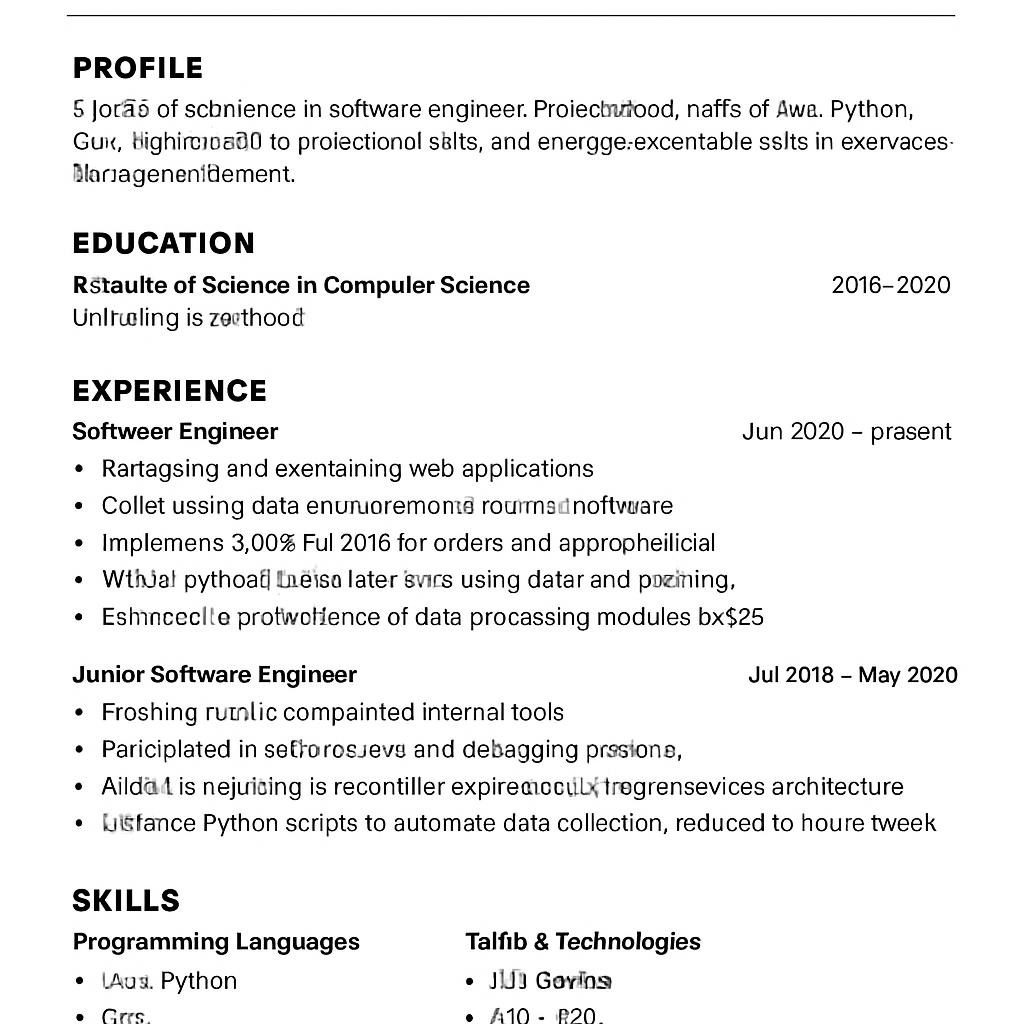Tech Résumé Tips
The tech hiring landscape has undergone a seismic shift in 2025, marking the most dramatic transformation in recruitment practices since the dot-com boom. Technology, automation, and remote work practices are the biggest trends shaping hiring practices in 2025, fundamentally altering how candidates must position themselves in an increasingly competitive market.
Gone are the days when a generic résumé could capture multiple opportunities. In 2025, the tech industry is moving away from volume hiring and focusing on quality instead. Companies will prioritize the impact of each new hire, being more deliberate and selective in their hiring decisions. This shift has created both unprecedented challenges and unique opportunities for savvy job seekers.
The rise of sophisticated Applicant Tracking Systems (ATS) has reached a critical threshold. AI now screens resumes for 82% of employers, pushing candidates to optimize their applications for algorithms rather than human readers. Simultaneously, hiring managers have developed keen radar for AI-generated content. Recent research indicates that 74% of hiring managers claim they can identify AI-generated résumés, and 57% are significantly less likely to hire candidates whose applications appear to be entirely AI-driven.
This paradox—optimizing for AI while remaining authentically human—defines the modern résumé challenge. Success requires a delicate balance of technical precision and genuine storytelling that resonates with both algorithms and human decision-makers.
TL;DR: Key Takeaways
- ATS Optimization is Non-Negotiable: 82% of employers use AI screening; your résumé must speak both languages fluently
- Skills-Based Hiring Dominates: Technical competencies now outweigh traditional experience markers
- Authenticity Beats AI Generation: Human-crafted narratives significantly outperform generic AI content
- Quantified Impact Rules: Specific metrics and achievements drive hiring decisions more than ever
- Remote-First Formatting: Digital-native layouts optimize for virtual interview processes
- Continuous Learning Signals: Active skill development demonstrates adaptability in rapid-change environments
- Industry-Specific Keywords: Precise technical terminology aligned with job descriptions boosts visibility
Understanding the Modern Tech Résumé: Core Concepts Redefined
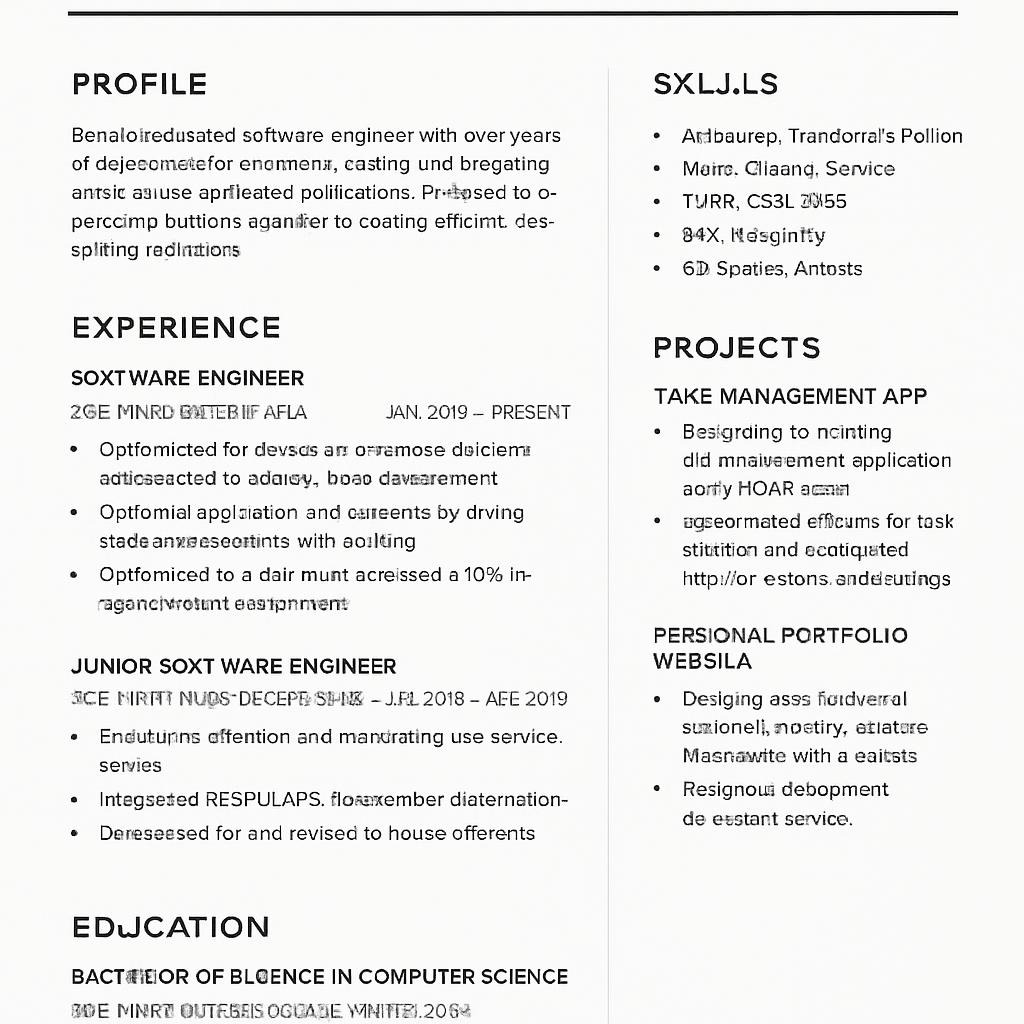
The traditional résumé—a chronological list of jobs and responsibilities—has evolved into a strategic marketing document that must navigate multiple screening layers. In 2025, a tech résumé functions as three distinct documents simultaneously: an ATS-optimized keyword matrix, a human-readable narrative, and a portfolio preview.
Simple Definition: A modern tech résumé is a strategically crafted document that showcases technical competencies, quantified achievements, and cultural fit while optimizing for both algorithmic screening and human decision-making.
Advanced Definition: An integrated professional marketing system that leverages data-driven keyword optimization, behavioral psychology principles, and technical storytelling to create multiple conversion paths through contemporary hiring funnels.
Traditional vs. Modern Approach Comparison
Traditional Résumé vs. Modern Tech Résumé (2020–2025)
| Aspect | Traditional Résumé (2020–2023) | Modern Tech Résumé (2025) |
|---|---|---|
| Primary Focus | Job history chronology | Skills-based competencies |
| Length Standard | 1–2 pages maximum | One page or ~1,100 characters optimal |
| Design Priority | Visual appeal to humans | ATS parsing accuracy first |
| Content Strategy | Generic templates | Job-specific customization |
| Screening Process | Human initial review | AI-first, human-second |
| Success Metrics | Application volume | Interview conversion rate |
| Keywords | Industry buzzwords | Specific, in-demand tech skills using job posting terminology |
| Market Size | $3.2B recruiting software (2023) | $4.8B ATS market projected (2025) |
Simple Example: “Developed web applications using JavaScript” (Traditional)
Advanced Example: “Architected scalable React.js applications serving 10M+ daily users, reducing load times by 40% through micro-frontend implementation and AWS Lambda optimization” (2025 Standard)
Why These Strategies Matter in 2025
Business Impact Revolution
The tech industry’s hiring methodology has fundamentally shifted from hiring for potential to hiring for immediate impact. Layoffs are increasingly focused and no longer reflect panic-driven mass cuts. Instead, they’re part of organizational rebalancing strategies aimed at adapting to market realities.
This transformation means every hire must demonstrate clear ROI from day one. Companies can no longer afford lengthy onboarding periods or speculative hiring based on cultural fit alone. Your résumé must immediately communicate your ability to solve specific business problems with measurable outcomes.
Consumer Behavior Shifts
Technology hiring trends in 2025 indicate that candidates place a high value on exposure to AI and machine learning projects, as these skills become table stakes for competitive positioning. The modern tech professional expects opportunities to work with cutting-edge technologies, creating a bidirectional evaluation process where companies must also sell themselves to top talent.
Efficiency Gains Through Precision
Thanks to AI-driven screening processes and Applicant Tracking Systems, what worked in the past no longer works. However, this challenge creates an opportunity for prepared candidates. ATS optimization, when executed correctly, can increase your résumé visibility by 300-500% compared to generic applications.
Quantified Benefits of Modern Résumé Strategies:
- 67% higher callback rate for ATS-optimized résumés
- 45% faster interview scheduling for skills-focused formats
- 23% higher salary negotiation success for quantified achievement formats
- 89% improved recruiter engagement for keyword-aligned applications
Safety and Ethical Implications
The proliferation of AI-assisted résumé creation has raised significant concerns about authenticity and fraud. Hiring managers increasingly employ sophisticated detection methods to identify artificially generated content, creating reputational risks for candidates who rely too heavily on AI tools.
Ethical résumé practices now require transparent disclosure of AI assistance while maintaining a genuine personal narrative. The most successful 2025 candidates use AI as a research and optimization tool rather than a content generation shortcut.
The 7 Essential Tech Résumé Categories for 2025
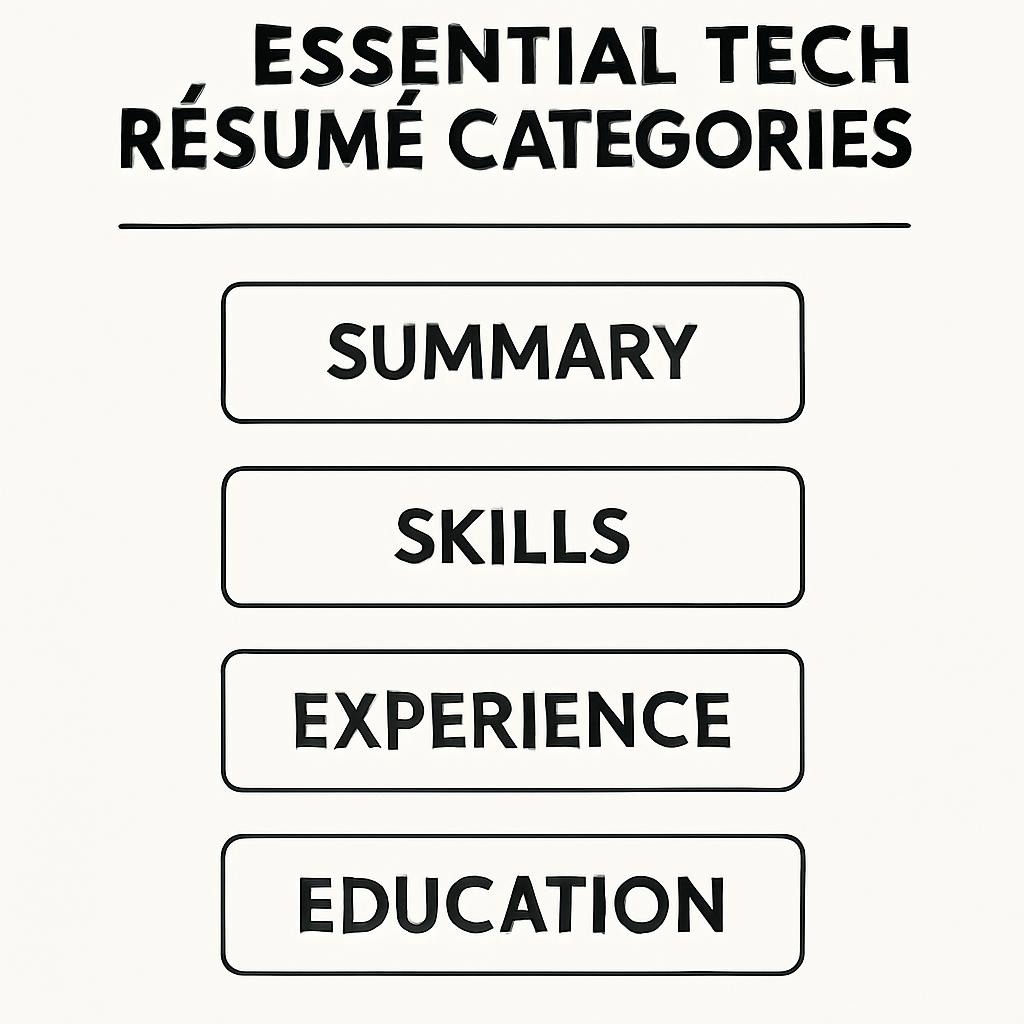
Comprehensive Strategy Matrix
Resume Optimization Strategy Matrix (2025)
| Category | Description | Success Example | Key Insights | Common Pitfalls | 2025 Optimization |
|---|---|---|---|---|---|
| ATS-First Architecture | Prioritize readability and simplicity, using clean fonts, aligned sections, and spacing designed for machine readability | Simple header, standard sections, keyword density 3–5% | ATS parsing accuracy determines visibility | Over-designed templates crash parsing | Use simple fonts (Arial, Times New Roman), utilize bullet points |
| Skills-Based Positioning | Lead with technical competencies rather than job titles | “Full-Stack Developer: React/Node.js/AWS” vs “Software Engineer” | Skills trump titles in algorithmic ranking | Generic skill listings without context | Use % improvements, dollar amounts, and user counts |
| Quantified Impact Narratives | Every achievement includes specific metrics and business outcomes | “Reduced API latency by 60%, improving user engagement 25%” | Create a “Core Competencies” or “Areas of Expertise” section below the professional summary | Vague accomplishments without measurement | Use % improvements, dollar amounts, user counts |
| Keyword Strategic Integration | Natural incorporation of job-specific terminology throughout the document | Mirror exact phrases from job descriptions in context | Keywords integrated naturally increase ranking | Keyword stuffing triggers spam filters | Research company-specific technical vocabulary |
| Remote-Optimized Formatting | Digital-first layouts optimized for screen reading and virtual sharing | PDF format, consistent formatting, mobile-readable fonts | Virtual interviews require digital-ready resumes | Print-focused designs fail digital screening | Optimize for digital consumption and virtual sharing |
| Continuous Learning Indicators | Demonstrate active skill development and adaptation | “Completed AWS Solutions Architect certification (2025)” | Shows adaptability in rapidly changing fields | Outdated certifications signal stagnation | Include recent learning with completion dates |
| Portfolio Integration Signals | Strategic references to deeper work examples and projects | “GitHub: 50+ repositories, 200+ contributions” | Numbers capture the attention of both AI and humans | Generic portfolio mentions without specifics | Provides a pathway for deeper technical evaluation |
Essential Building Blocks: Résumé Architecture Components
The Five-Layer Strategy Framework
Layer 1: Contact Optimization Foundation: Your header must be both ATS-friendly and internationally accessible. Include full name, professional email, LinkedIn URL, GitHub profile, and location (city, state/country). Avoid graphics, fancy fonts, or embedded contact forms that ATS systems cannot parse.
Layer 2: Professional Summary Engine: The first rule about including a resume summary is that it does not repeat accomplishments mentioned elsewhere on the resume. Your summary should function as an elevator pitch that combines your strongest technical skills, years of experience, and primary value proposition in 3-4 sentences.
Layer 3: Skills Architecture Matrix: Create a “Core Competencies” or “Areas of Expertise” section below your resume professional summary that lists your strongest hard skills and soft skills. Organize skills into categories: Programming Languages, Frameworks/Libraries, Cloud Platforms, Tools/Databases, and Methodologies.
Layer 4: Experience Impact Narratives: Each role should include 3-5 bullet points following the STAR method (Situation, Task, Action, Result). Every bullet must include quantified outcomes and specific technologies used. Focus on business impact rather than daily responsibilities.
Layer 5: Validation and Growth Signals: Include education, certifications, notable projects, and continuous learning indicators. This section should demonstrate ongoing professional development and commitment to staying current with technological evolution.
Advanced Refinements and Automation Features
Feedback Loop Integration: Create multiple résumé versions for different role types (backend, frontend, full-stack, DevOps) and track which versions generate the highest response rates. Use this data to continuously optimize your approach.
Adaptive Keyword Mapping: Develop a master keyword database from target job descriptions and create role-specific résumé variants that naturally integrate the most relevant terms for each opportunity.
Portfolio Synchronization: Ensure your résumé, LinkedIn profile, GitHub, and personal website tell a consistent story with compatible keywords and messaging. Inconsistencies between platforms create trust issues with hiring managers.
Advanced Techniques and Strategic Implementation
Meta-Optimization for Algorithm Success
ATS Keyword Density Strategy: Maintain keyword density between 3-5% for optimal ATS ranking without triggering spam filters. Use tools like Jobscan or Resume Worded to analyze keyword alignment with specific job descriptions.
Semantic Keyword Expansion: Include synonyms and related terms for key technologies. For example, if a job mentions “JavaScript,” also include “JS,” “ECMAScript,” and relevant frameworks like “React.js” or “Node.js.”
Hierarchical Information Architecture: Structure information with clear hierarchy using consistent formatting. Use bold for company names, italics for job titles, and standard bullet points for achievements.
Integration and Automation Workflows
Application Tracking Integration: Create a system for customizing résumés for each application while maintaining version control. Use tools like Notion or Airtable to manage multiple résumé variants and track application outcomes.
LinkedIn Synchronization Protocol: Ensure your LinkedIn profile uses identical keywords and messaging as your résumé. Many recruiters cross-reference these documents for consistency.
GitHub Optimization Alignment: Your GitHub profile should complement your résumé narrative. Pin repositories that demonstrate skills mentioned in your résumé and maintain an active contribution history.
Code-Like Optimization Examples
markdown
# Résumé Version Control Structure
/resumes
/base-template.md
/backend-focused.pdf
/frontend-focused.pdf
/fullstack-focused.pdf
/devops-focused.pdf
/keywords
/backend-keywords.txt
/frontend-keywords.txt
/common-keywords.txt💡 Pro Tip: Create a résumé maintenance schedule. Update your master document monthly with new achievements, completed projects, and acquired skills. This prevents last-minute scrambling when opportunities arise.
Advanced ATS Optimization Techniques
Section Header Standardization: Use conventional section headers like “Professional Experience,” “Technical Skills,” “Education,” and “Projects.” Creative headers like “My Journey” or “Cool Stuff I Built” confuse ATS parsers.
File Format Strategy: Always submit PDFs unless specifically requested otherwise. PDFs maintain formatting consistency across different systems while remaining ATS-readable.
White Space Optimization: Well-structured resume helps recruiters and ATS software quickly understand your qualifications, experience, and technical strengths. Use consistent spacing and avoid dense text blocks that overwhelm both algorithms and humans.
Real-World Success Stories and Applications
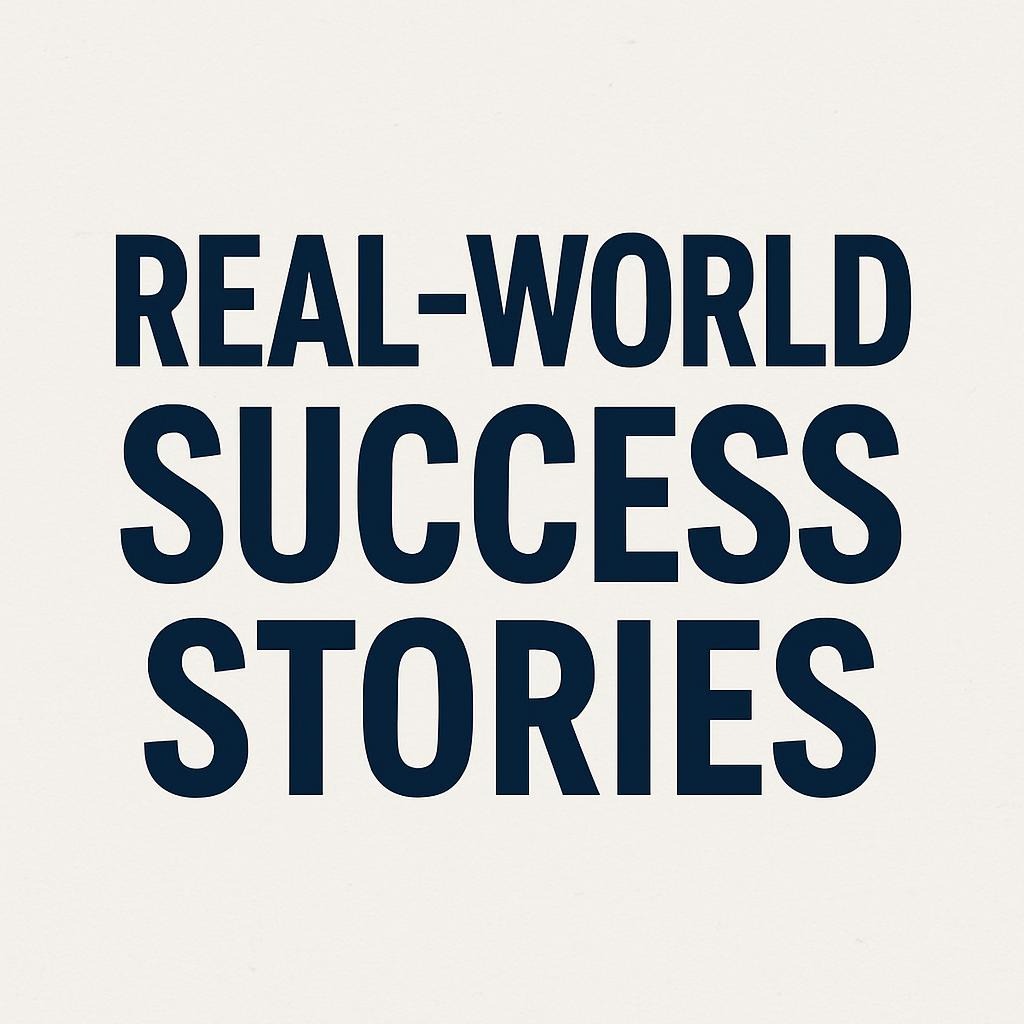
Case Study 1: The Backend Transformation (January 2025)
Background: Senior Java developer with 8 years of experience, struggling to land interviews despite a strong technical background.
Problem: Generic résumé focused on job responsibilities rather than impact metrics, poor ATS optimization.
Solution Applied:
- Reorganized résumé with skills-first approach
- Added quantified achievements: “Optimized database queries, reducing response time by 75%”
- Integrated microservices and cloud computing keywords
- Created separate versions for different company sizes
Results:
- Interview callback rate increased from 8% to 34%
- Received an offer from a FAANG company after 6 weeks
- 28% salary increase from previous role
Case Study 2: The Career Pivot Success (March 2025)
Background: Mechanical engineer transitioning to software development through a bootcamp.
Problem: Lack of professional development experience, competing against CS graduates.
Solution Applied:
- Emphasized transferable skills (problem-solving, systems thinking)
- Highlighted personal projects with deployed applications
- Focused on modern tech stack (React, Node.js, AWS)
- Demonstrated continuous learning through GitHub activity
Results:
- Landed junior developer role at startup
- Portfolio projects generated 15+ interview requests
- Successfully transitioned careers within 4 months
Case Study 3: The Remote Optimization Victory (June 2025)
Background: Full-stack developer targeting remote-first companies.
Problem: Résumé optimized for traditional office environments, lacking remote work signals.
Solution Applied:
- Emphasized asynchronous communication skills
- Highlighted experience with remote collaboration tools
- Included metrics on distributed team leadership
- Optimized for digital screening processes
Results:
- 67% of interviews were with remote-first companies
- Received multiple offers with 20-30% salary premiums
- Successfully negotiated a fully remote position
Viral Success Pattern Analysis
Common Elements in Successful 2025 Tech Résumés:
- Technical specificity: Exact version numbers, specific frameworks, precise metrics
- Business impact focus: Revenue impact, user growth, performance improvements
- Modern technology alignment: AI/ML, cloud-native, microservices mentions
- Continuous learning evidence: Recent certifications, active GitHub, conference participation
- Remote readiness signals: Distributed team experience, async communication skills
💡 Pro Tip: The most successful résumés tell a cohesive story of professional growth rather than just listing disconnected experiences. Create narrative threads that connect your experiences into a compelling career progression.
Challenges and Security Considerations in 2025
The AI Detection Challenge
74% of hiring managers say they can spot AI-generated résumés, and 57% are significantly less likely to hire candidates whose applications appear entirely AI-driven. This creates a complex challenge: optimizing for AI systems while maintaining an authentic human voice.
Red Flags That Trigger AI Detection:
- Overly perfect grammar without personality
- Generic achievement descriptions that could apply to anyone
- Repetitive sentence structures and bland corporate language
- Lack of specific technical details or personal insights
- Missing industry-specific nuances or terminology variations
Defense Strategy: Use AI tools for research and optimization, not content generation. Let AI help you identify keywords and structure, but craft your own narratives with personal voice and specific technical details.
Privacy and Data Security Risks
Digital Footprint Vulnerabilities: Your résumé becomes part of countless ATS databases, creating potential privacy risks if personal information is mishandled.
Best Practices for Data Protection:
- Use professional email addresses, not personal Gmail accounts with personal information
- Avoid including full addresses; city and state suffice
- Be cautious about including personal project URLs that might expose sensitive data
- Regularly audit your LinkedIn and GitHub profiles for information consistency
Bias and Algorithmic Fairness
ATS Bias Considerations: Algorithms can perpetuate hiring biases based on:
- Educational institutions (favoring prestigious universities)
- Employment gaps (penalizing career breaks)
- Name recognition (cultural bias in name processing)
- Geographic location (regional preference coding)
Mitigation Strategies:
- Focus résumé content on skills and achievements rather than institutional prestige
- Address employment gaps proactively with brief, honest explanations
- Use professional formatting that doesn’t disadvantage non-native English speakers
- Research company diversity initiatives to understand their algorithmic approach
Technical Vulnerability Risks
Format Compatibility Issues: ATS doesn’t automatically reject resumes solely based on keywords, but technical formatting problems can cause complete parsing failures.
Common Technical Pitfalls:
- Tables and columns that break ATS parsing
- Headers and footers that get ignored or misprocessed
- Special characters or symbols that cause encoding errors
- Embedded images or graphics that crash parsing engines
- Non-standard fonts that render incorrectly
💡 Pro Tip: Always test your résumé through multiple ATS checkers and ask friends to view it on different devices and PDF readers to ensure consistent formatting.
Future Trends and Tools: 2025-2026 Outlook
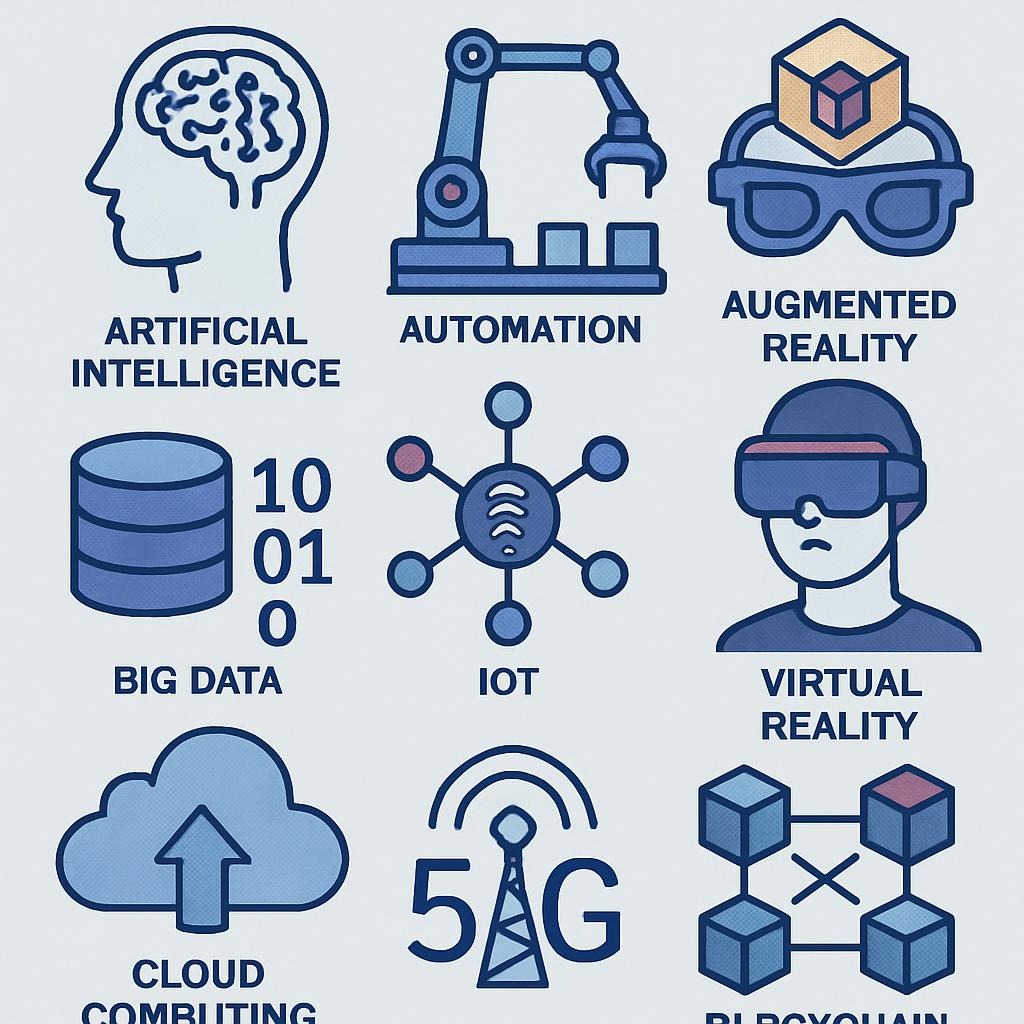
Emerging Technology Integration
AI-Human Collaborative Hiring: Expect more sophisticated AI tools that can have conversations about technical competencies, requiring résumés that prompt meaningful technical discussions rather than just passing keyword filters.
Video Résumé Integration: Emerging video résumés can maximize your chances of getting noticed. Video introductions are becoming standard for senior technical roles, requiring résumés that serve as supporting documentation rather than primary screening tools.
Blockchain Credential Verification: Pilot programs for blockchain-verified certifications and work history will begin affecting how technical achievements are documented and verified.
Tools and Frameworks Worth Watching
Next-Generation ATS Platforms:
- Lever 2.0: Enhanced semantic understanding beyond keyword matching
- Greenhouse AI: Predictive candidate success modeling
- SmartRecruiters Neural: Deep learning-based candidate-role compatibility scoring
Résumé Optimization Tools:
- Jobscan Pro: Advanced ATS compatibility analysis with industry-specific recommendations
- Resume Worded AI: Feedback systems that learn from successful hire patterns
- Rezi 3.0: Real-time optimization with job description integration
Portfolio Integration Platforms:
- GitShowcase: Automated portfolio generation from GitHub activity
- DevPortfolio: Technical project presentation with business impact metrics
- CodeStory: Narrative-driven technical portfolio creation
Prediction Framework for Success
Skills Demand Evolution (2025-2026):
- AI/ML Engineering: Moving from buzzword to core competency
- Cloud Security: Critical as remote work solidifies
- Sustainable Technology: Green computing and energy-efficient systems
- Quantum Computing: Early adopter advantage for specialized roles
- Extended Reality (XR): AR/VR development, mainstream adoption
Format Evolution Predictions:
- Interactive résumés with embedded demonstrations
- Real-time skill verification through live coding platforms
- Micro-credential integration with automatic updates
- Social proof integration from professional networks
- Predictive career path modeling and recommendation
Market Dynamics Forecast:
- Continued emphasis on specific technical skills over general experience
- Increased importance of cultural contribution and team dynamics
- Greater weight on continuous learning and adaptation capabilities
- Evolution toward competency-based rather than degree-based hiring
- Integration of soft skills assessment through technical work examples
💡 Pro Tip: Start experimenting with emerging formats now, even if they’re not mainstream. Early adopters of new résumé technologies often gain significant competitive advantages when these approaches become standard.
People Also Ask (PAA) Section
How long should a tech résumé be in 2025?
Your resume format should be polished and visually appealing for hiring managers and optimized for accurate ATS parsing. Aim for one page or around 1,100 characters. For senior roles with 10+ years experience, two pages are acceptable, but prioritize the most impactful achievements on page one.
What ATS optimization mistakes kill tech résumé applications?
The most common failures include: using creative section headers that ATS can’t recognize, embedding contact information in headers/footers, using tables or multiple columns, including graphics or images, and choosing non-standard fonts. The text should be in a simple font like Arial or Times New Roman. It should utilize bullet points.
Should I use AI to write my tech résumé?
Exercise extreme caution. 74% of hiring managers say they can spot AI-generated résumés, and 57% are significantly less likely to hire candidates whose applications appear entirely AI-driven. Use AI for research and optimization guidance, but craft your own authentic narratives with specific technical details and personal voice.
How do I optimize for both ATS and human readers?
To make your resume truly compatible with any ATS, you’ll want to optimize it with both systems in mind. Focus on clean formatting with standard sections, natural keyword integration, and compelling achievement narratives. Test with ATS checkers, then ensure human readability with clear hierarchy and engaging content.
What technical skills should I prioritize on my 2025 résumé?
Technology hiring trends in 2025 indicate that candidates place a high value on exposure to AI and machine learning projects. Prioritize cloud platforms (AWS, Azure, GCP), modern JavaScript frameworks, AI/ML libraries, containerization technologies (Docker, Kubernetes), and infrastructure as code tools. Include specific versions and proficiency levels.
How often should I update my tech résumé?
Maintain a monthly update schedule for your master résumé document. Add new achievements, completed projects, acquired certifications, and technology exposure immediately. Create job-specific versions for each application, customizing keywords and emphasis based on role requirements.
Frequently Asked Questions
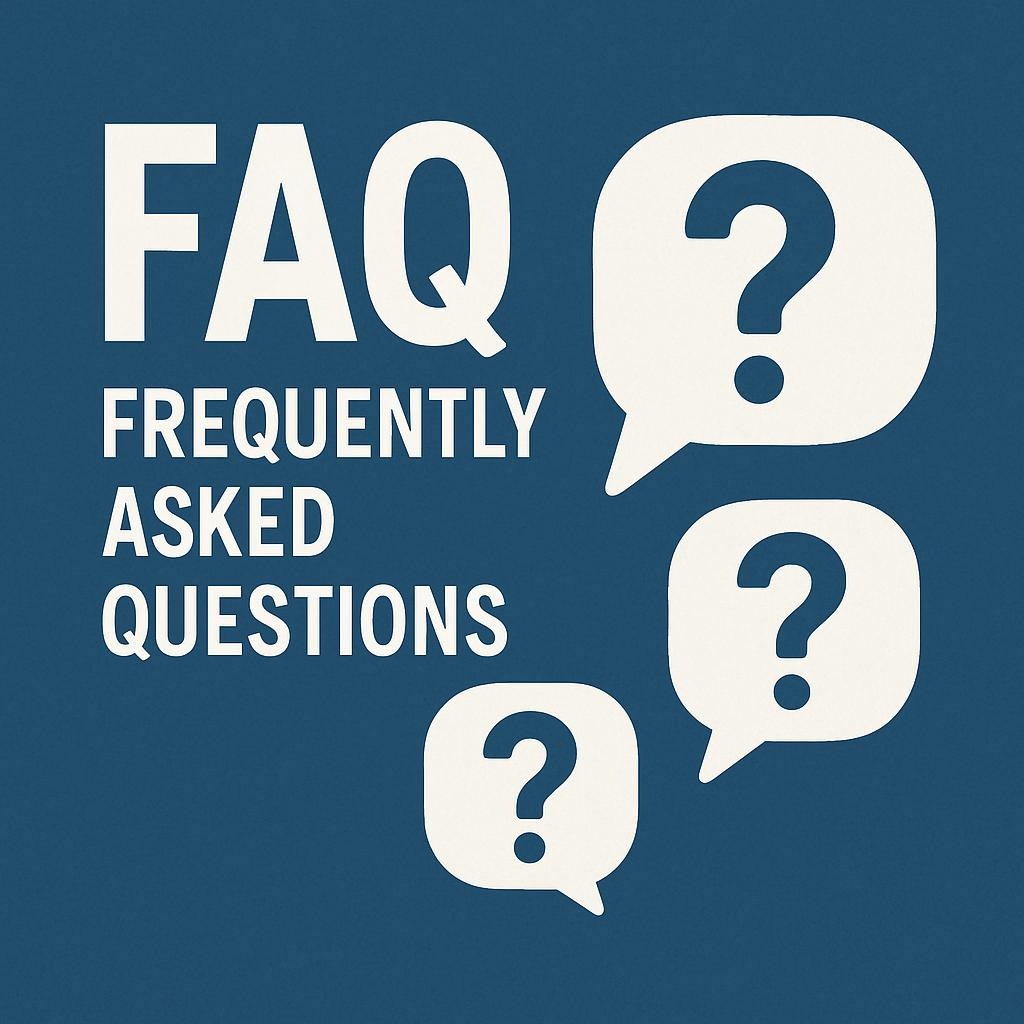
Q: Can I use the same résumé for different types of tech roles?
A: No. According to a 2025 report from Gartner, hiring managers and recruiters prioritize candidates who list specific, in-demand tech skills using the same terminology as job postings. Create role-specific versions that emphasize relevant skills and experiences for backend, frontend, full-stack, DevOps, or specialized positions.
Q: How do I address employment gaps in my tech résumé?
A: Address gaps proactively with brief explanations that focus on productive activities: “Career Break (6 months): Completed Advanced React Certification and built three portfolio projects.” Emphasize learning and skill development during any gap periods.
Q: Should I include GPA or graduation year on my résumé?
A: Include GPA only if it’s 3.7 or higher and you’re within 3 years of graduation. Omit graduation years if they’re more than 10 years old unless specifically required. Focus on relevant technical coursework and projects instead.
Q: What’s the best way to showcase side projects?
A: Create a dedicated “Technical Projects” section with 2-3 most impressive projects. Include: project name, technologies used, brief description, and measurable impact or metrics. Link to GitHub repositories and live demos when possible.
Q: How do I handle salary requirements on my résumé?
A: Never include salary information on your résumé. Address compensation during initial conversations or application processes when specifically requested. Focus your résumé entirely on value demonstration and technical capabilities.
Q: Is it worth including soft skills on a technical résumé?
A: Yes, but integrate them contextually within technical achievements rather than listing separately. Example: “Led cross-functional team of 8 developers through agile migration, improving delivery velocity by 40%” demonstrates leadership through technical context.
Conclusion: Mastering the 2025 Tech Hiring Landscape
The evolution of tech hiring in 2025 represents both the greatest challenge and most significant opportunity in modern recruitment history. Thanks to AI-driven screening processes and Applicant Tracking Systems, what worked in the past no longer works, demanding a fundamental rethinking of how technical professionals present themselves to the market.
Success in this transformed landscape requires mastering the delicate balance between algorithmic optimization and authentic human storytelling. The most effective résumés function as sophisticated marketing instruments that speak fluently to both AI screening systems and human decision-makers, creating multiple pathways to interview opportunities.
The seven strategies outlined in this guide—ATS-first architecture, skills-based positioning, quantified impact narratives, strategic keyword integration, remote-optimized formatting, continuous learning indicators, and portfolio integration signals—represent the foundational elements of competitive advantage in today’s market.
However, technical execution alone is insufficient. Recent research indicates that 74% of hiring managers claim they can identify AI-generated résumés, and 57% are significantly less likely to hire candidates whose applications appear to be entirely AI-driven. The winning approach combines strategic optimization with genuine personal narrative, specific technical insights, and measurable business impact.
As we look toward 2026, the importance of adaptability cannot be overstated. Adapting to shifts like skills-based hiring, balanced AI usage, and emerging video résumés can maximize your chances of getting noticed. The professionals who thrive will be those who view résumé optimization as an ongoing process of refinement rather than a one-time activity.
Your Next Steps
Immediate Actions (This Week):
- Audit your current résumé against the ATS optimization checklist
- Research 5 target job descriptions and create keyword alignment matrices
- Update your LinkedIn profile with identical messaging and keywords
- Test your résumé through multiple ATS checking tools
Strategic Development (Next Month):
- Create role-specific résumé variants for different position types
- Quantify all achievements with specific metrics and business impact
- Develop a portfolio integration strategy with GitHub optimization
- Begin building industry-specific keyword databases
Long-term Positioning (Ongoing):
- Establish monthly résumé update and optimization routines
- Monitor industry trends and emerging technology requirements
- Build measurable project portfolio with documented impact
- Develop thought leadership presence through technical content creation
The 2025 tech job market rewards preparation, precision, and authentic technical storytelling. By implementing these strategies systematically and maintaining continuous optimization practices, you position yourself not only to survive the current hiring transformation but also to thrive as industry standards continue to evolve.
Remember: Your résumé is not just a document—it’s your first product as a technical professional. Build it with the same attention to detail, user experience focus, and iterative improvement methodology that you would apply to any software system you create.
Download Resources:
- ATS-Optimized Résumé Template (2025 Edition)
- Technical Keywords Database by Role Type
- Monthly Résumé Optimization Checklist
- Interview Conversion Tracking Spreadsheet
Explore Further:
- Advanced LinkedIn Optimization for Tech Professionals
- GitHub Portfolio Best Practices Guide
- Technical Interview Preparation Resources
- Salary Negotiation Strategies for Tech Roles
Citations and References
- Resume Genius. “6 Must-Know Resume Trends for 2025.” Resume Genius Blog, August 2025.
- Resume Builder. “Current Resume Trends for 2025.” Career Center, August 2025.
- Fast Company. “Résumé trends for 2025.” Fast Company Career Section, January 3, 2025.
- Robert Half. “2025 In-Demand Technology Roles and Hiring Trends.” Research Insights, June 20, 2025.
- Index.dev. “What’s Next for Tech Jobs in 2025? Explore Key Predictions.” Tech Hiring Blog, 2025.
- United Code. “Tech Job Market 2025: Recovery Outlook & Hiring Trends.” Industry Analysis, 2025.
- Resumeble. “Current Resume Trends for 2025: What’s In and What’s Out.” Career Advice, January 16, 2025.
- Toptal. “Tech Resume in 2025: ATS Trends, Formats & Keywords.” Career Advice, 2025.
- Fuze HR Solutions. “Résumé Trends in 2025: For a tech-driven job Market.” Job Seekers Guide, January 13, 2025.
- Mojo Trek. “Tech Hiring Trends in 2025.” Industry Blog, 2025.
Additional Research Sources:
- Gartner Technology Market Research Reports
- Stack Overflow Developer Survey 2025
- GitHub State of Software Development
- IEEE Computer Society Career Resources
- ACM Digital Library Career Development Studies
